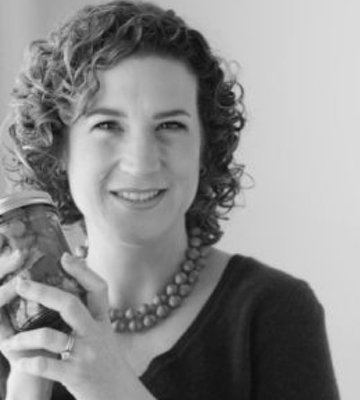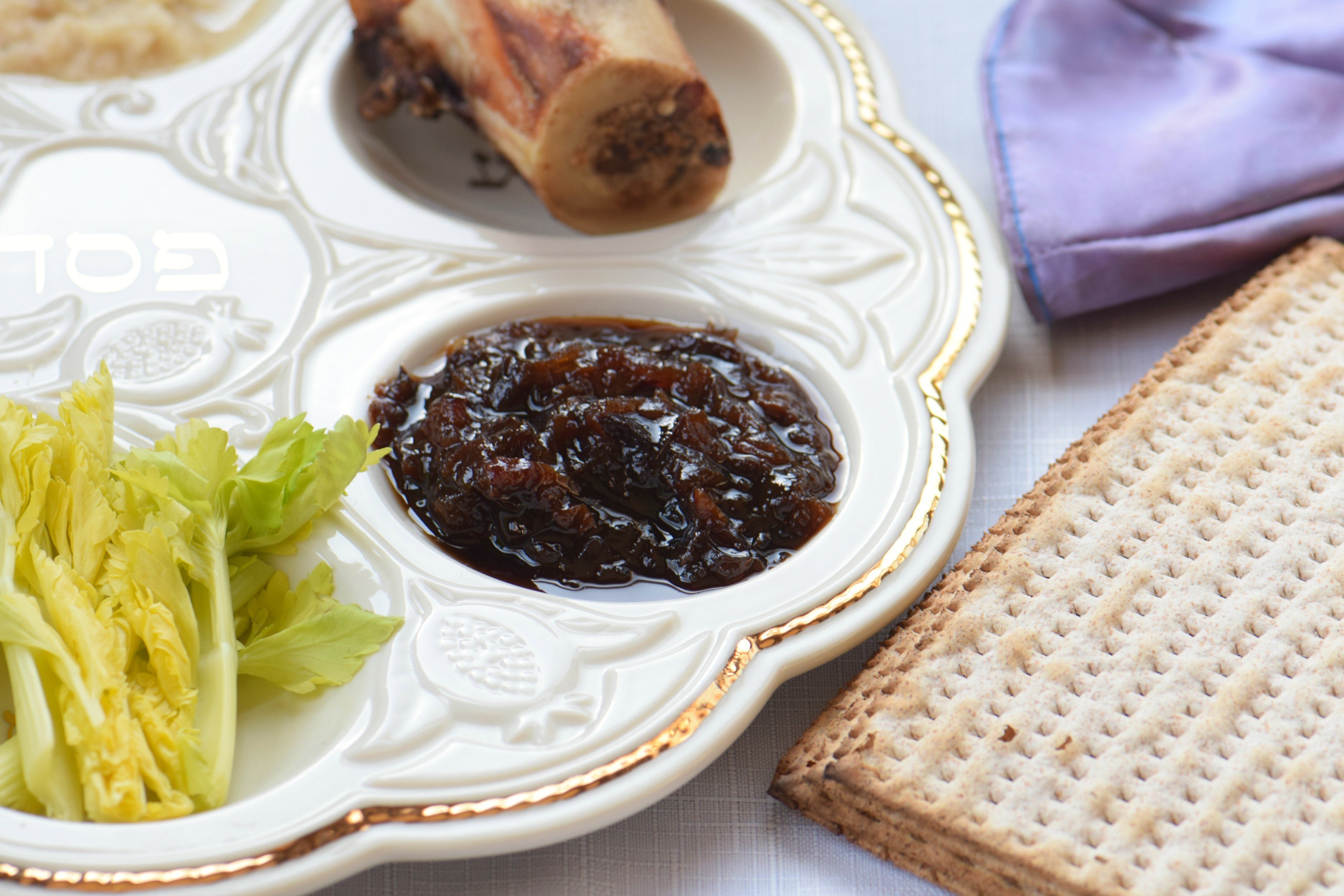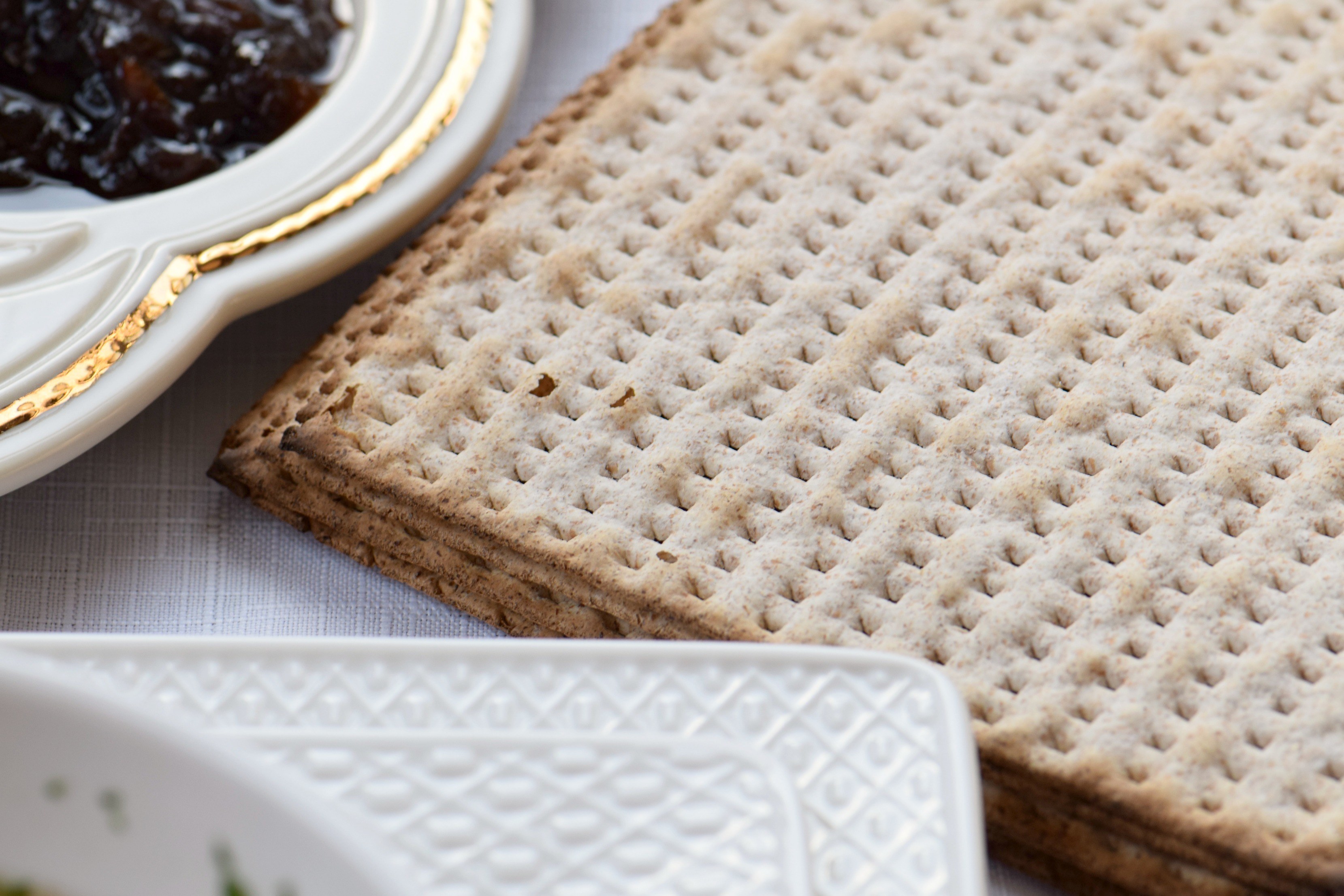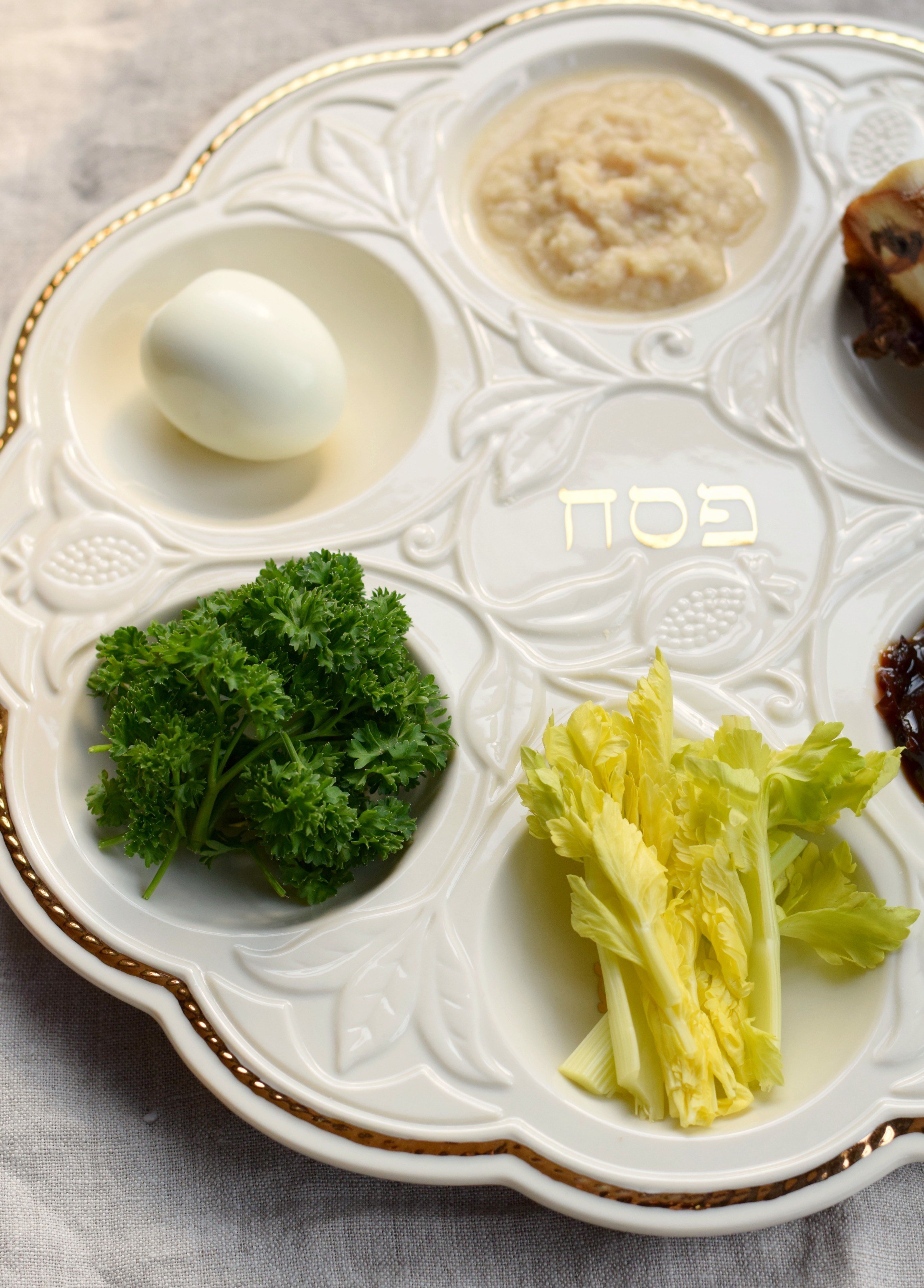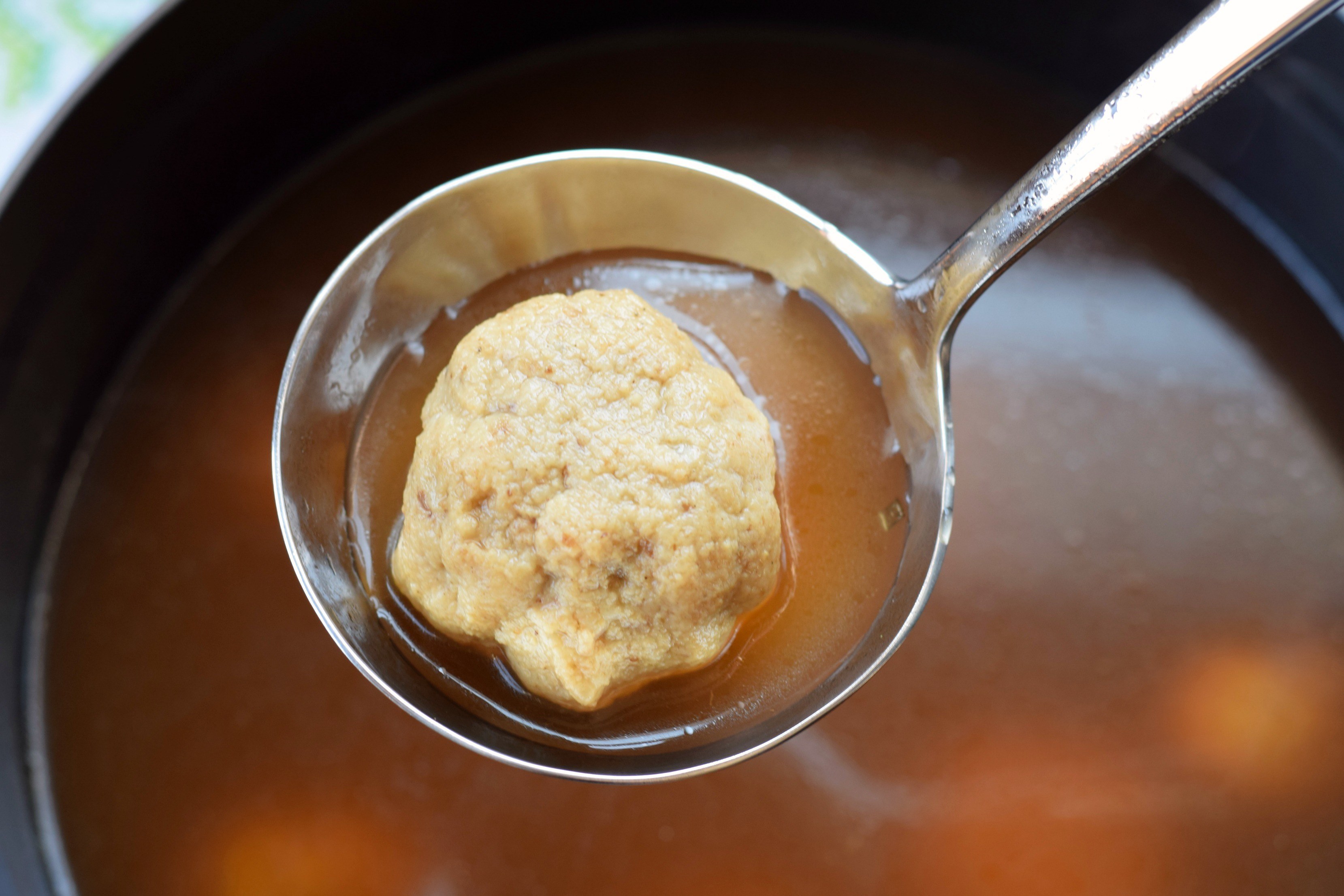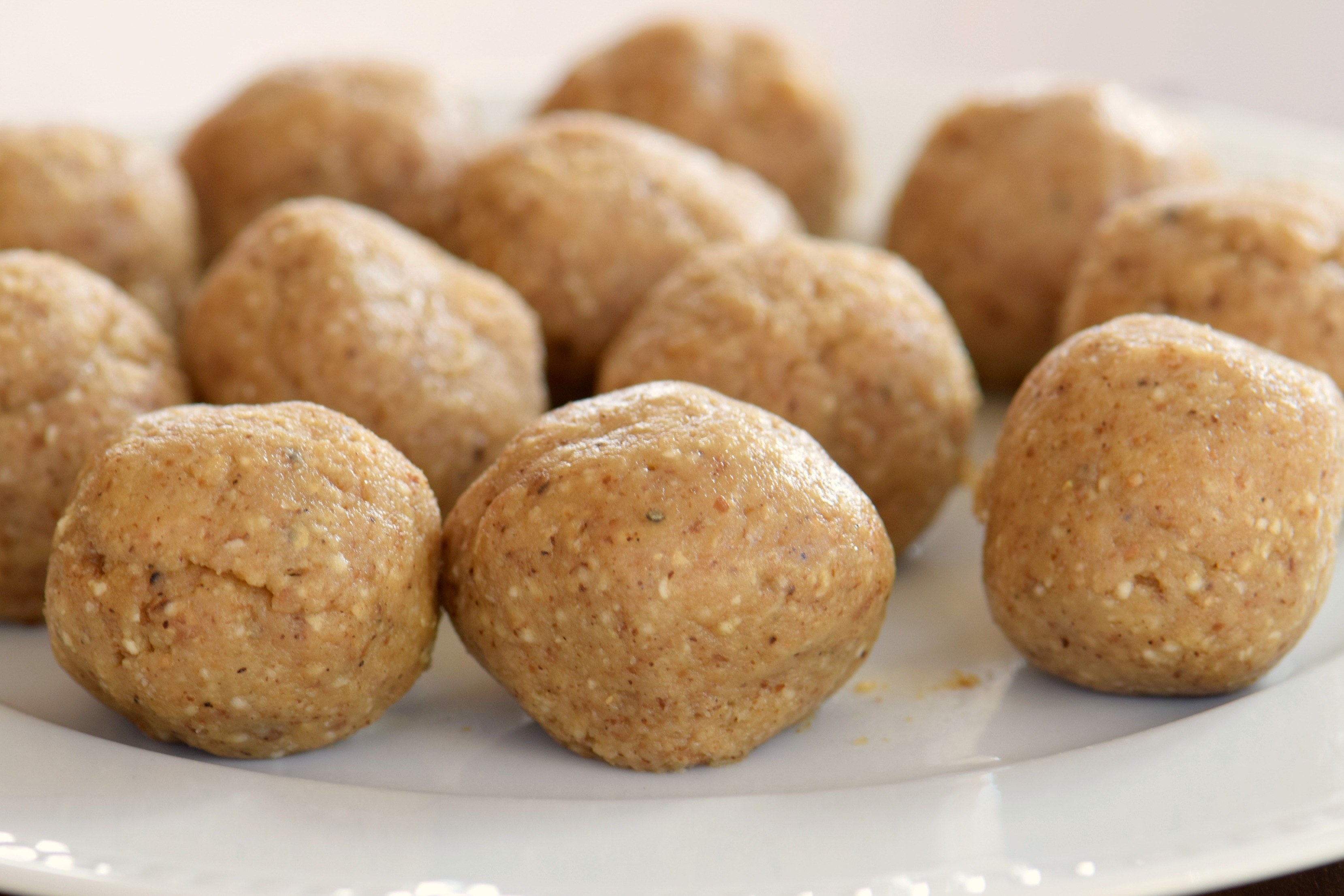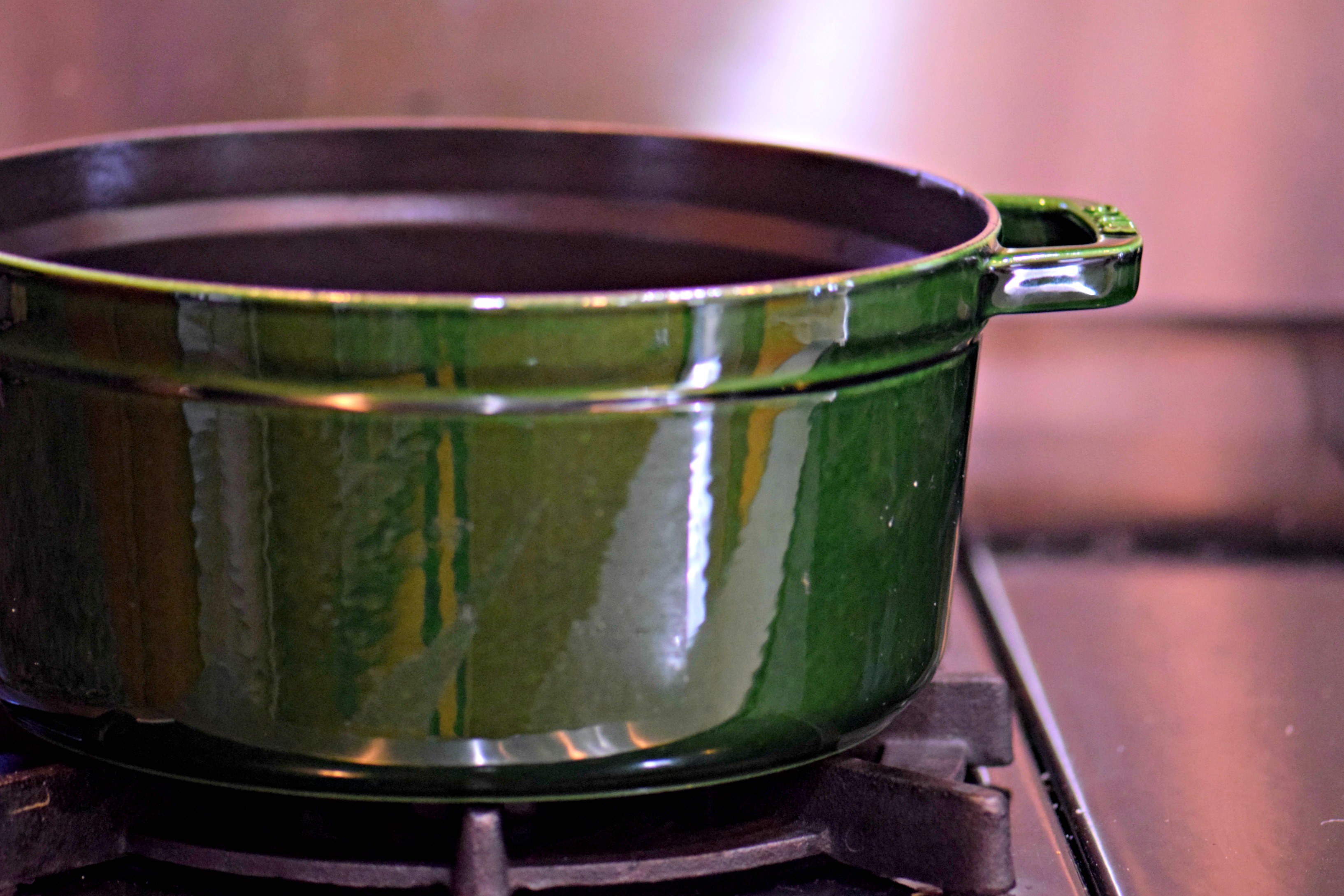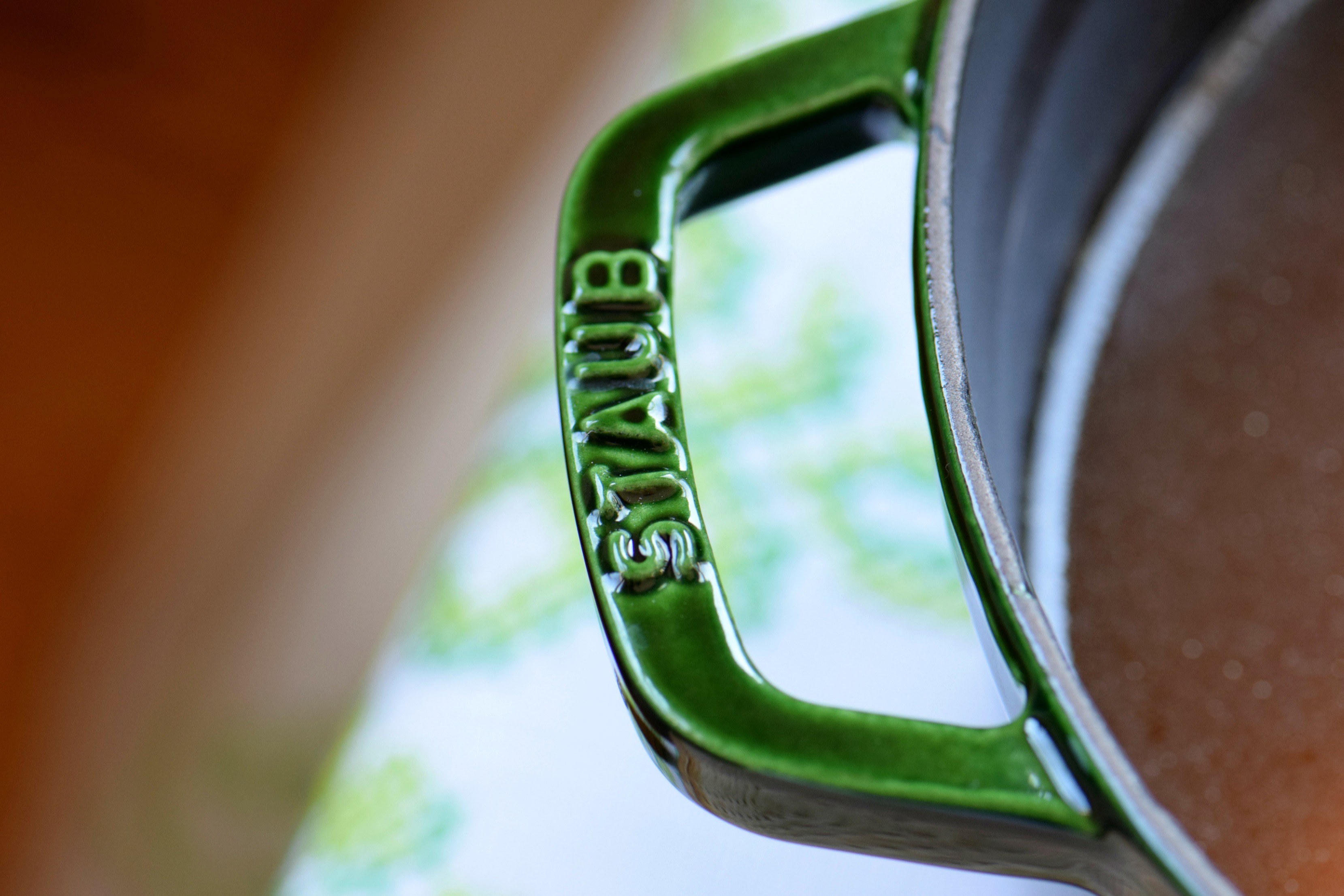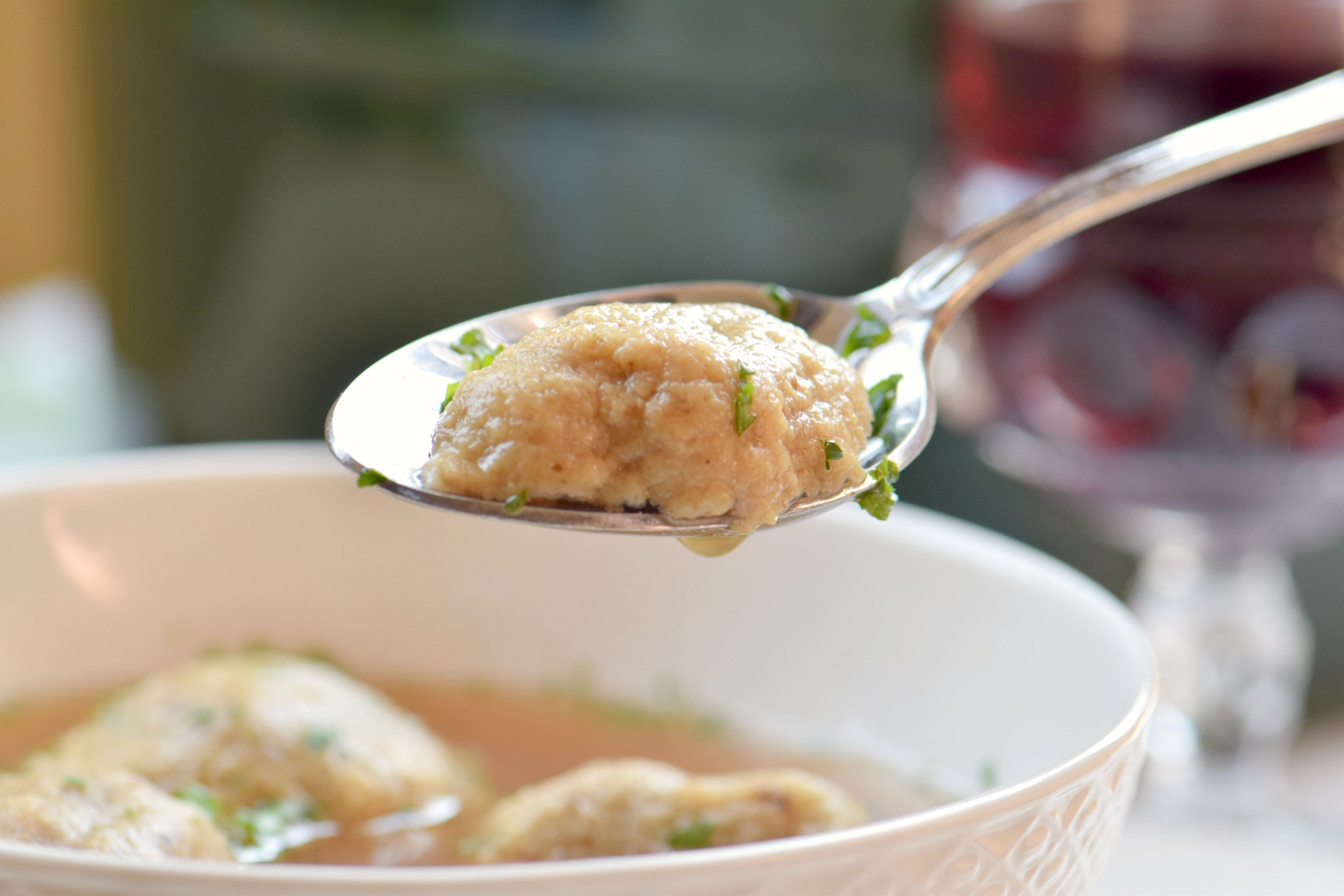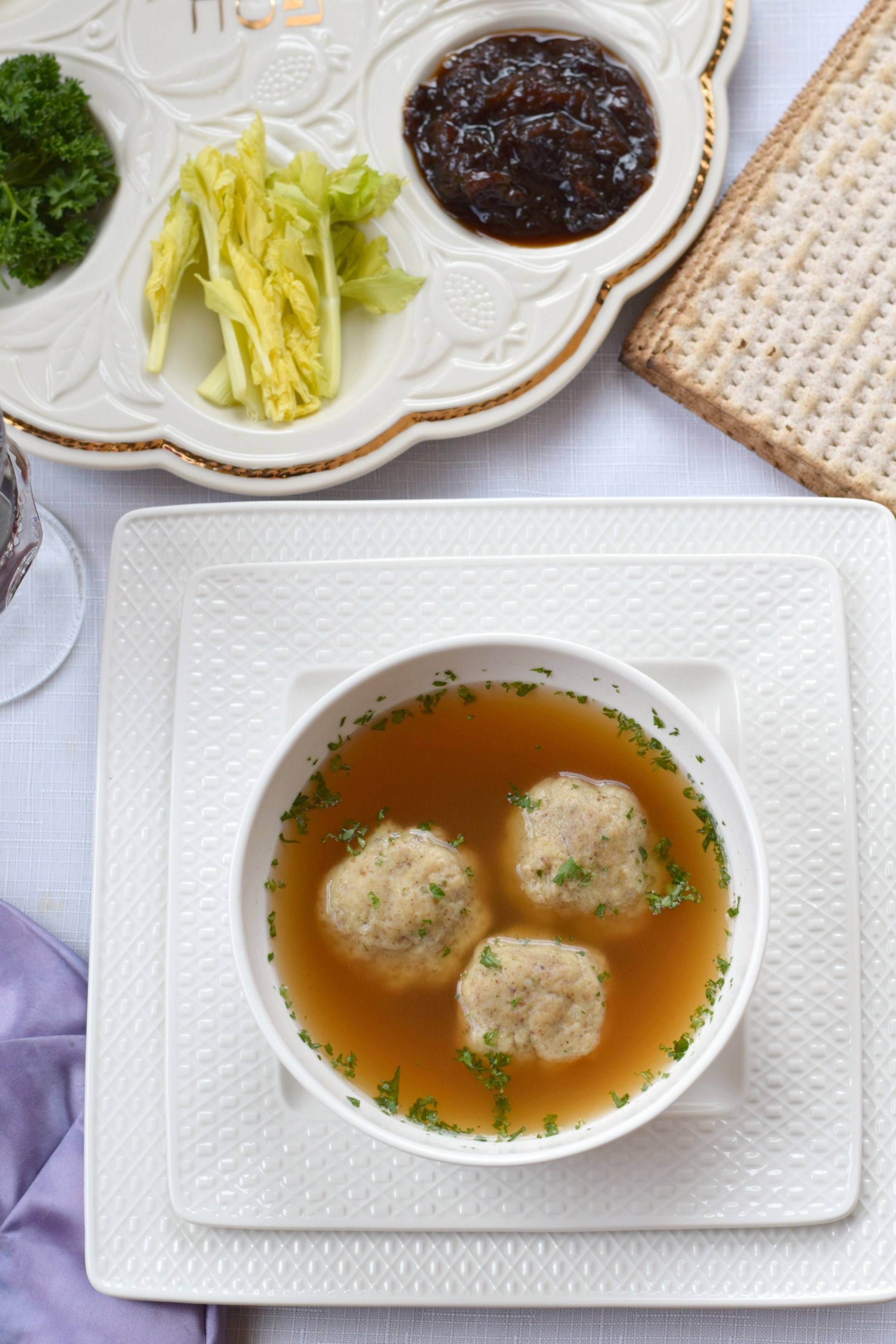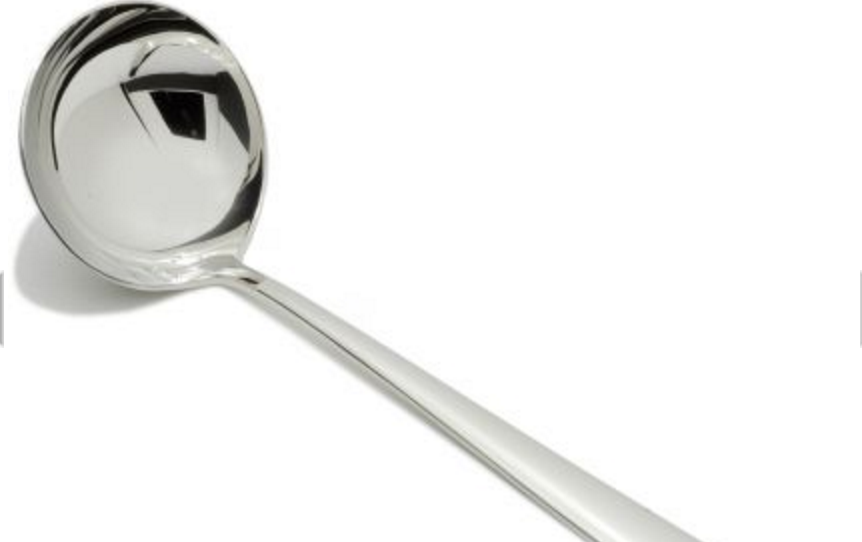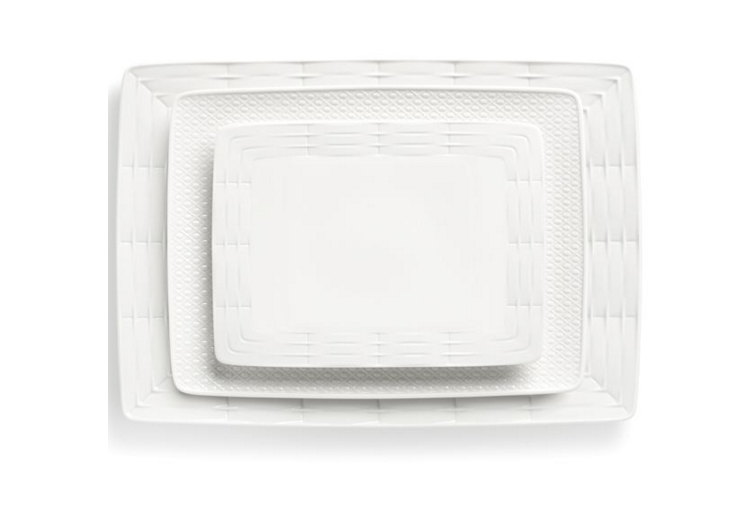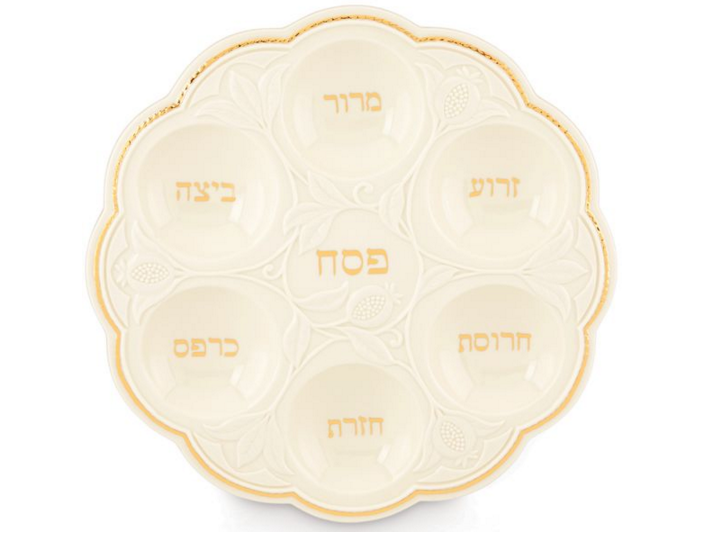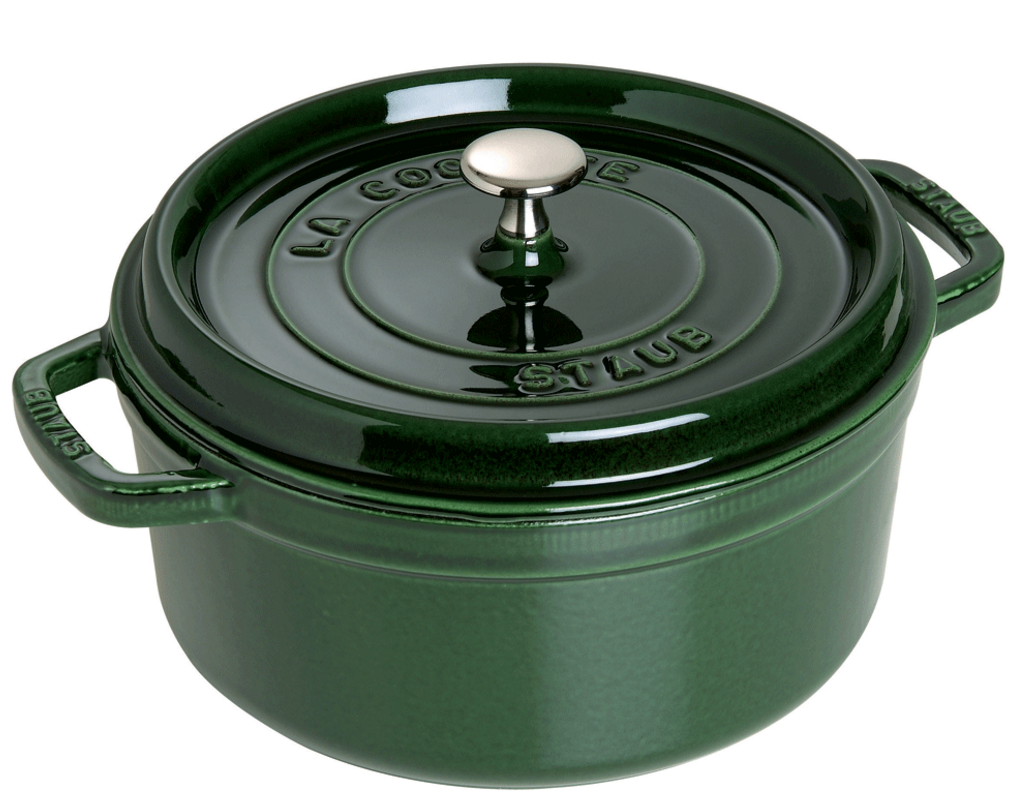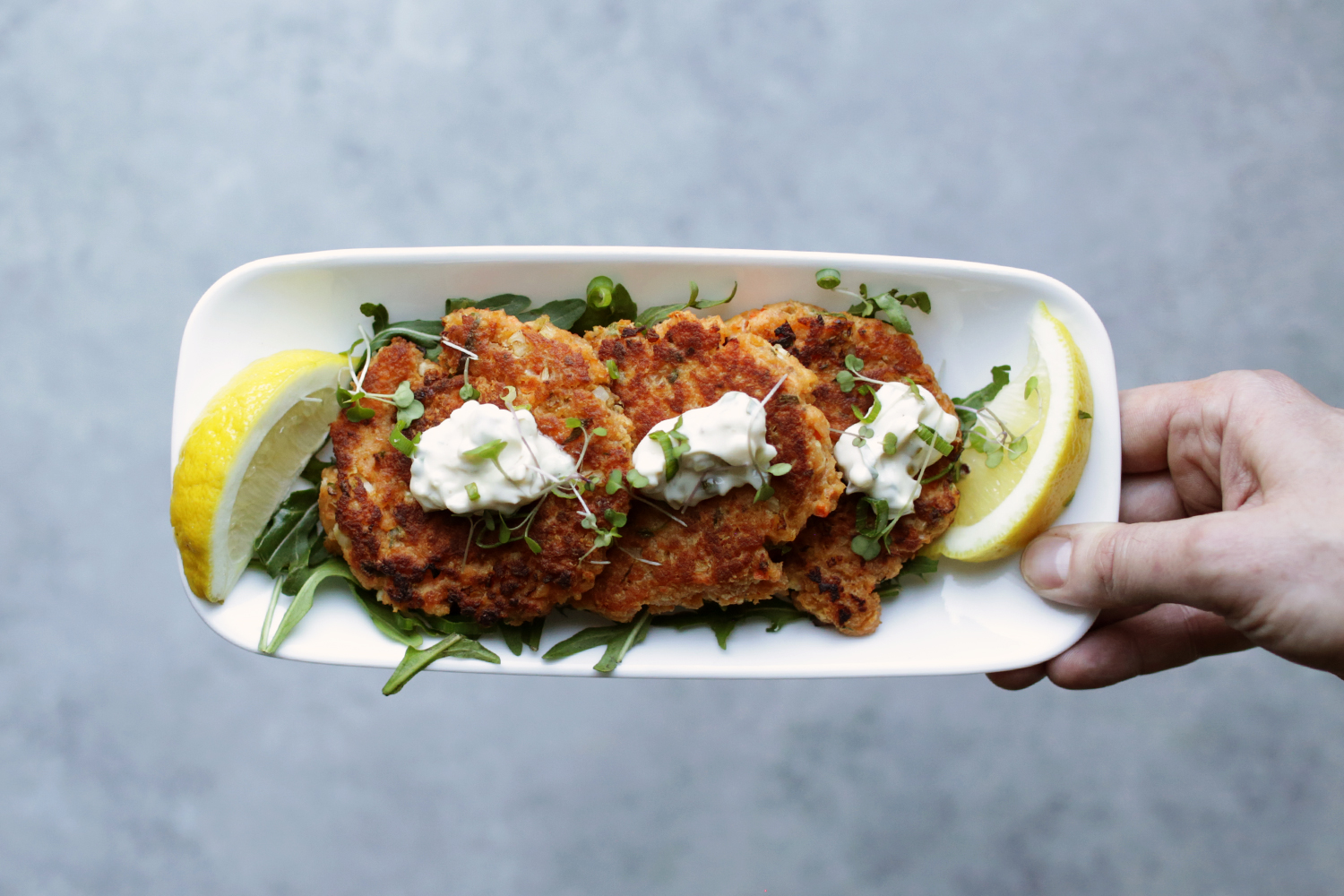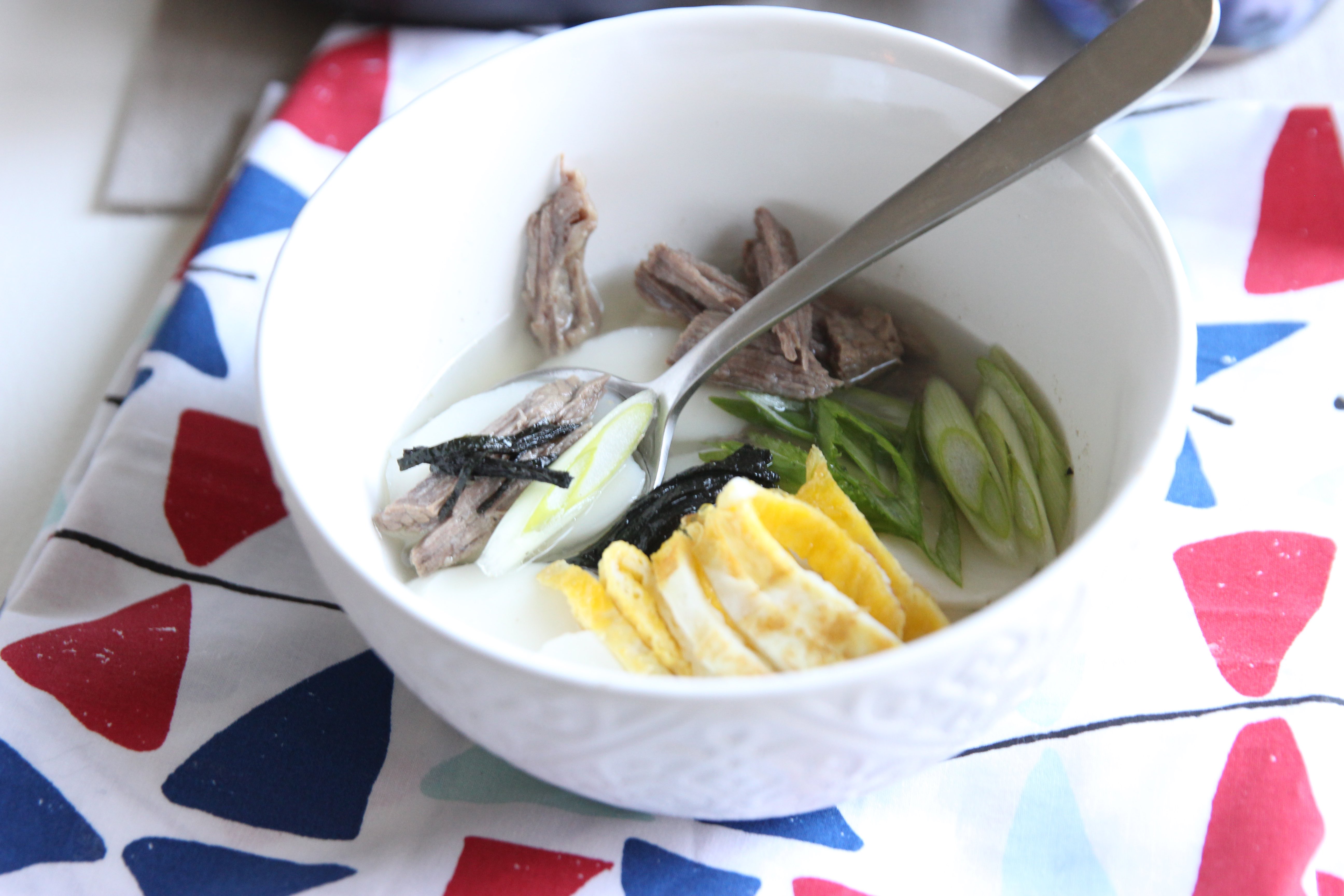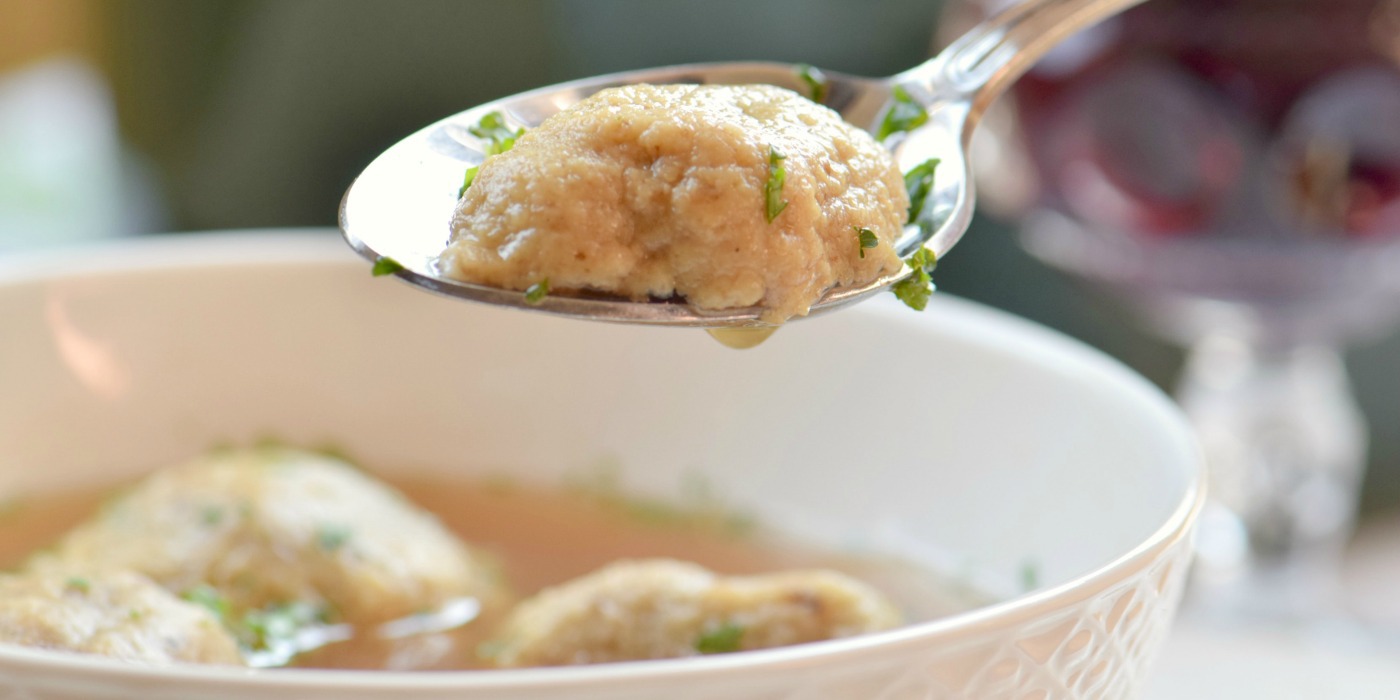
If you are not Jewish, a Passover Seder may seem mysterious, but
it is a big holiday meal like any other. There are certain must-have foods, a
few must-do rituals and a lot of traditions that vary from family to family.
The Passover Seder is the most widely celebrated ceremony in the
Jewish year. Even Jews who do not observe any other religious ritual will host
or attend a Seder. Seder means “order” in Hebrew, which tells you that the
events of the Seder unfold in a prescribed order. There is something magical
about the idea that Jews all over the world recite the same prayers, observe
the same customs, and eat the same foods on this one night of the year.
A Seder is not complete without these four elements: 1) a
re-telling of the story of Passover, which is the story of how Moses lead the
Jewish people out of Egypt; 2) asking the Four Questions, which get to the
heart of what makes Passover different from all other times of year; 3) the
presence of matzo, the unleavened, cracker-like “bread of affliction;” and 4) a
Seder plate with the important symbols of the holiday.
The Seder plate is the centerpiece of your Passover table, so
choose one that expresses your personal style. It may even become a treasured
family heirloom. In rich ivory porcelain with scalloped edges, the Judaic
Blessings Seder Plate by Lenox looks beautiful and goes with almost any decor.
The various foods on the Seder plate all have symbolic meanings
related to the story of Passover. These are charoset, a chopped fruit spread
that represents the mortar that the Jewish slaves used to build the pyramids;
bitter herbs — usually horseradish — to represent the bitterness of slavery;
parsley to represent spring and renewal; an egg which represents sacrifice; and
a shank bone to represent the Pascal lamb. Like most Seder plates, the Judaic
Blessings Seder plate has a designated spot for each symbol with the name written
in Hebrew letters.
What I have learned over the years is that other than these
shared elements — the Seder plate, the matzo, the Four Questions and the ritual
re-telling of the Passover story — a Seder can take many different forms and
still be a Seder. The menu will vary widely among families, depending on where
their ancestors come from, where they live now, and what they like to
eat.
The highlight of the Passover meal, for me, is recreating my
grandmother’s delicious matzo ball soup. There are lots of jokes about heavy,
leaden matzo balls that sink to the bottom of your bowl, but when made
correctly, these matzo meal dumplings should be light, fluffy and tender – just
like my grandmother’s were.
My secret? Using seltzer or club soda in the batter. Yes, really!
It is also important to let the batter rest in the refrigerator for several
hours or even overnight before forming your matzo balls. Lastly, cook the matzo
balls in lightly salted water, not directly in your chicken soup, for best
results.
One of the challenges of cooking for a Seder is the fact that
much of the ceremony, such as the retelling of the story of Passover and the
explanation of the Seder plate, happens before the meal. It’s difficult to make
sure the food is warm — but not overcooked — when it is finally time to eat.
That’s why I cook my matzo ball soup in a Staub Cocotte; its
enameled cast iron retains heat exceptionally well and the heavy lid seals in
moisture to keep my matzo balls nice and fluffy. Plus, with its beautiful
finish, my cocotte goes right from the stove to the tabletop. When making
a large holiday meal, the fewer dirty dishes the better, right?
After the matzo ball soup, we usually eat brisket for our main
course. A nice spring vegetable like asparagus makes a good seasonal side dish
for your Passover Seder. In recent years, many families have begin serving
quinoa as part of their Seder because while wheat and other grains are
forbidden during the eight-day long holiday, quinoa is permitted. Isn’t that
interesting?
Happy Passover everyone!
Matzo Balls
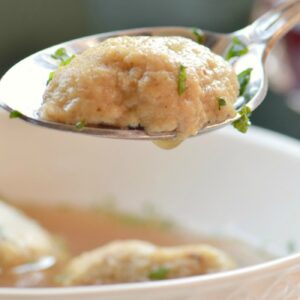
INGREDIENTS
- 4 large eggs
- 1/4 cup chicken schmaltz or vegetable oil
- 1 cup matzo meal
- 1/2 cup seltzer, club soda or sparkling water
- 1 tsp salt
- 1/4 tsp ground pepper
INSTRUCTIONS
- Beat the eggs in a large bowl. Add the remaining ingredients and stir with a fork to combine.
- Cover and refrigerate for at least four hours.
- Form batter into balls about the size of a golf ball - moisten hands slightly to prevent sticking.
- Bring a large pot of lightly salted water to boil.
- Add the matzo balls to the boiling water. Cover and turn heat down to medium. Simmer matzo balls, covered, for thirty minutes.
- Remove matzo balls from water with a slotted spoon and drain.
- Place cooked matzo balls in chicken soup and heat through prior to serving.

